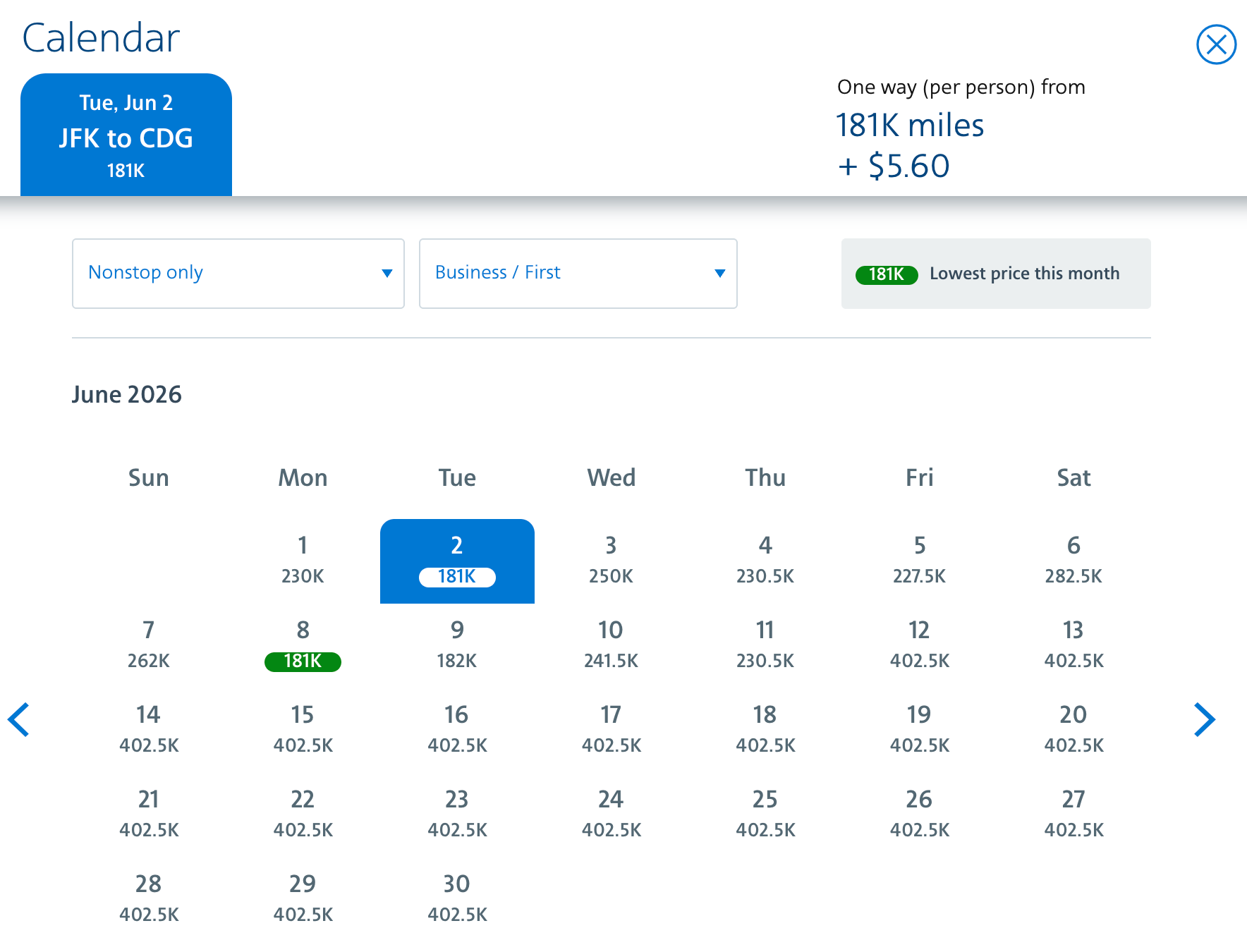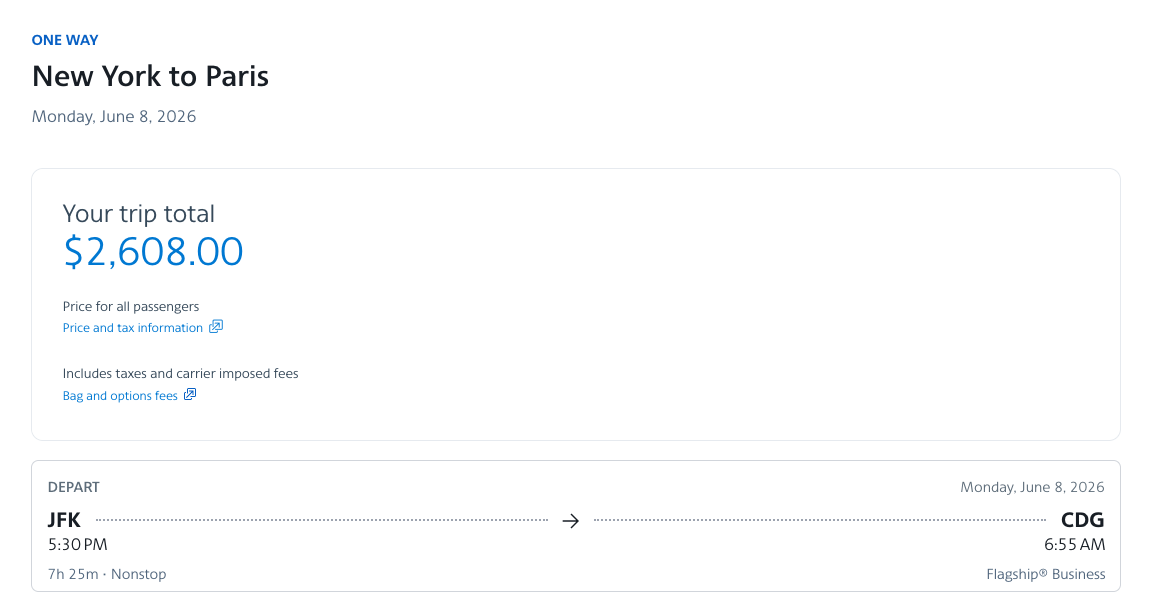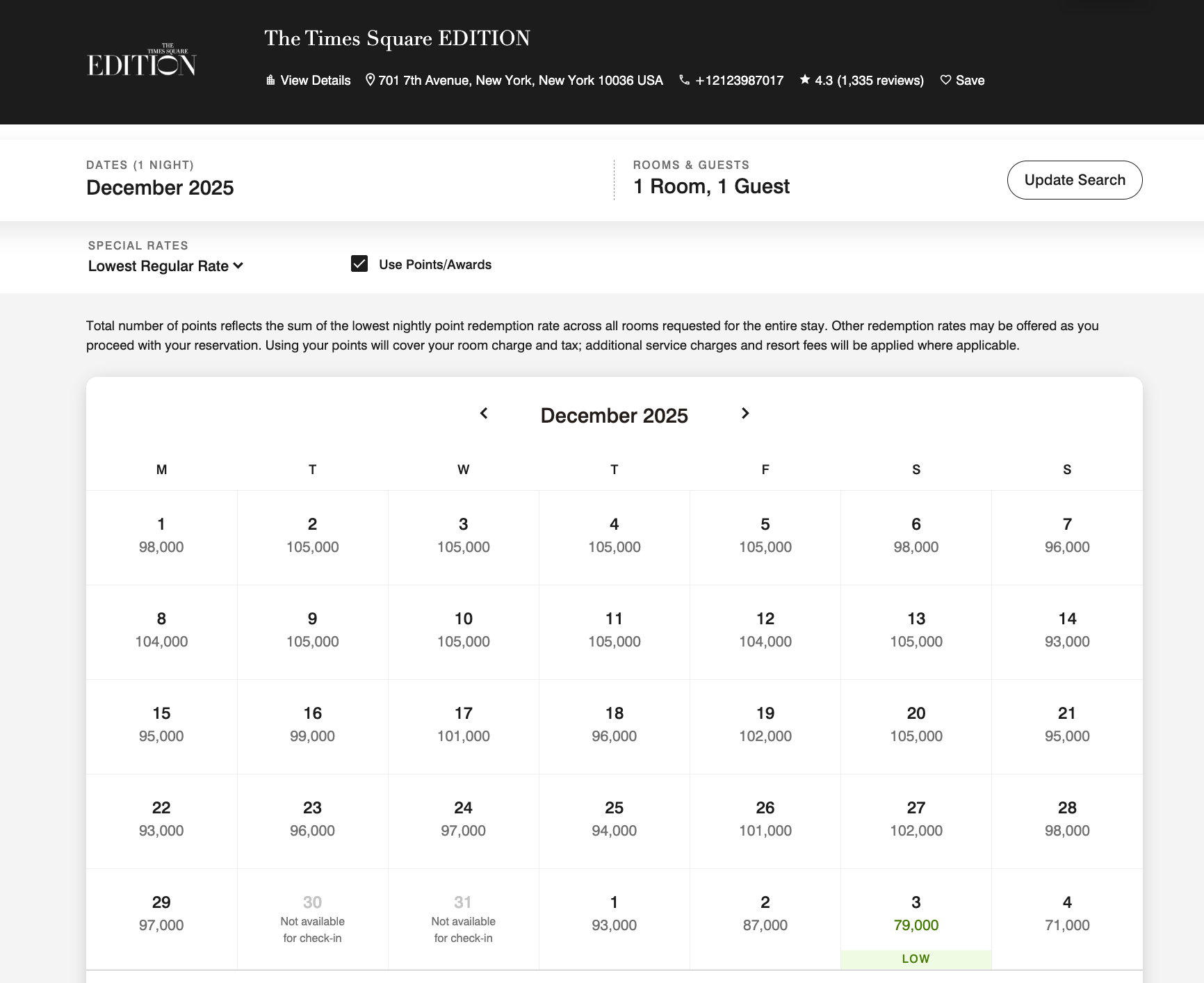For decades, earning airline miles and hotel points felt like a reliable path to free travel. A fixed number of points secured a seat or a night, offering predictability and a clear savings goal. But a quiet revolution has swept through the loyalty landscape, introducing a system that can feel… unpredictable. Welcome to the world of dynamic pricing.
Imagine searching for a dream flight, only to see the points cost fluctuate wildly from one day to the next. One moment, a business class ticket to Paris might be within reach; the next, it’s doubled, seemingly overnight. This isn’t a glitch – it’s the core of dynamic award pricing, where redemption rates are now tethered to the ever-shifting prices of cash fares.
The logic, as loyalty programs explain it, is simple. If cash prices rise and fall with demand, why should points remain fixed? The result is a system where peak travel times can demand an obscenely high number of points, effectively diminishing the value of your hard-earned rewards. The benefit? Theoretically, more seats and rooms are available for redemption, as programs aren’t limited by pre-set allocations.

But the downside is significant. Planning becomes a guessing game. Saving for a specific trip feels precarious, as the target could move before you reach it. Unlike traditional award charts, there’s no published guide, no guaranteed rate. It’s a constant search, a relentless comparison, hoping to catch a favorable price before it vanishes.
Several major airlines have already embraced dynamic pricing, including Air Canada Aeroplan, American Airlines AAdvantage, Delta SkyMiles, and United MileagePlus. Consider a business class flight from New York to Paris in June. On one date, it might cost 181,000 miles; four days later, a staggering 402,500 – all for the same seat. The price reflects anticipated demand, soaring during weekends and holidays.
The shift isn’t limited to airlines. Hotel loyalty programs like Marriott Bonvoy, Hilton Honors, and IHG One Rewards have also adopted dynamic pricing. A New York City hotel room during the December holidays might require 100,000 points a night, while the same room in early January could drop to 71,000, mirroring the ebb and flow of tourist demand.

However, not all programs have abandoned the traditional approach. Airlines like ANA Mileage Club, British Airways Club, and Singapore KrisFlyer still rely on distance-based or zone-based award charts, offering a degree of predictability. These charts categorize flights by distance or region, assigning a fixed points cost. This allows for strategic planning and a clearer understanding of redemption requirements.
On the hotel side, World of Hyatt remains a beacon of stability, retaining award charts that classify properties into categories. While categories can be updated, a published goal remains, providing a tangible target for your points-earning efforts.
So, how can you navigate this evolving landscape? Don’t despair. Several strategies can help you beat dynamic pricing. Explore partner airline programs, which may still offer fixed rates. Consider traveling during the shoulder season, when demand is lower. Look for redemption specials and leverage credit card perks or elite status benefits that offer discounts.

Dynamic pricing is a reality, a fundamental shift in how we approach travel rewards. Understanding its nuances – and employing smart strategies – is crucial to maximizing the value of your points and miles. It demands flexibility, research, and a willingness to adapt, but the rewards of well-planned travel remain within reach.






